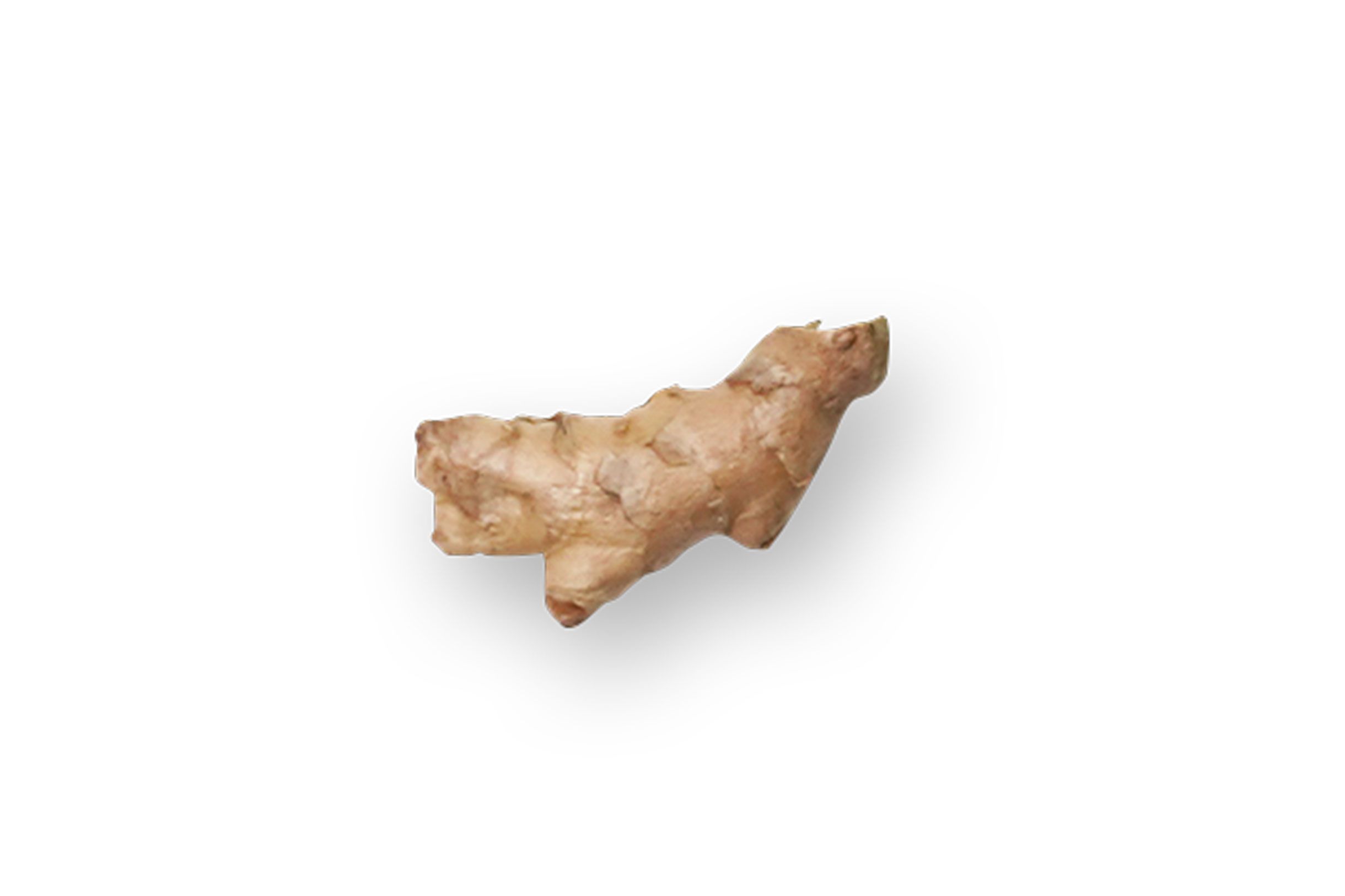Ginger
Spicy power root
Intro
Ginger is a real super root. Whether you have the flu or digestion and metabolism issues – this superfood has several positive effects on our health. Ginger contains Gingerol, which has antioxidative properties. It also has anti inflammatory, pain relieving and blood sugar stabilising effects.
The kitchen is a great place to get creative with ginger, with so many preparation opportunities. Whatever dish or meal you add it to, it will elevate it with its spicy-tangy aroma.

What is ginger?
From a botanical point of view, the ginger plant forms its own class of the ginger genus (Zingiber). It belongs to the so-called monocotyledonous plants and is mainly cultivated in tropical regions. The plant is subterranean and grows to a length of about 100 cm. Ginger is primarily used as a spice or healing substance.

Where does ginger come from?
Ginger originates from Asia, but the specific region has not been established. Scientists presume that the original birthplace of the root is Sri Lanka or a pacific island. Agricultural cultivation started about 3000 years ago in India and China. Roughly 2000 years later, it was brought to Europe.
Which varieties are there?
Worldwide there are roughly 150 different ginger types, varying in quality, spiciness, appearance and flavour. The different expressions of these variables is due to the conditions in which they are grown.
When is it in season?
March-October
Our tips for how to enjoy ginger:
In teas, waters and cocktails. Pure in ginger shots. Or as a spice in curries, rice dishes and sushi. Also fermented.
Ginger nutrition facts per 100g:
| Typical Values | 100g |
|---|---|
| Calories | 80 |
| Fat | 0.8g |
| Carbohydrates | 19g |
| Fibre | 2g |
| Sugar | 1.7g |
| Protein | 1.8g |
Nutrients found in ginger:
Vitamins: Beta-Carotene, B-Vitamins, Vitamin C, Vitamin E and Folic Acid
Minerals: Sodium, Calcium, Magnesium, Phosphate, Iron and Zinc

